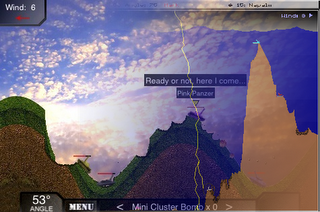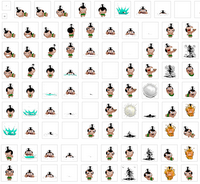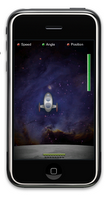Here are a few iTunes link strategies that appear to be largely underutilized by the community.
Web links that *always* workIt has always struck me as strange that the big brand name players can't figure out how to make an iTunes Application link from their website that actually works on the phone! The 1.1 software had a kink of sorts that made it especially hard. But there is one trick that always works. Use a link that does a search.
Ignore iTMS Link Maker, which tells you to use: http://itunes.apple.com/WebObjects/MZStore.woa/ wa/viewSoftware?id=000000000
Instead use: http://ax.search.itunes.apple.com/WebObjects/MZSearch.woa/ wa/search? media=software&term=Your%20Application%20Name%20Here
This even works for a 1.0 release where you don't yet have a software ID from Apple.
Brand name synergyApplications under your brand name have sales synergy. Foster this by putting a button in your application that links to all your applications in your brand. Again use a search.
NSString *link=@" http://ax.search.itunes.apple.com/WebObjects/MZSearch.woa /wa/search?media=software&term=My%20Company";
[[UIApplication sharedApplication] openURL:[NSURL URLWithString: link]];
Live and die by reviewsGetting reviews (even bad ones) is important for your application's ranking. The problem is that people don't often review their applications. Based on my sales, I'd say 1 in 100 actually review. Put a button into your application that sends people directly to the appropriate App Store review screen.
NSString *link=@" http://itunes.apple.com/WebObjects/MZStore.woa /wa/viewContentsUserReviews?type=Purple+Software&id=000000000"
Side note, "Purple" was the internal iPhone code name.
mailTo links
You may be using openURL and mailto to send email from your application. If the content of your email contains an iTMS link it will certainly contain the '&' ampersand symbol. This will not work as iPhone's mailto will truncate the link and your iTMS link won't work.
Instead put a simple URL into the email that redirects to the real iTMS link. You could use TinyURL or host your own redirect. If you host the redirect yourself you can track the click through.
Labels: iphone developer, iphone marketing











